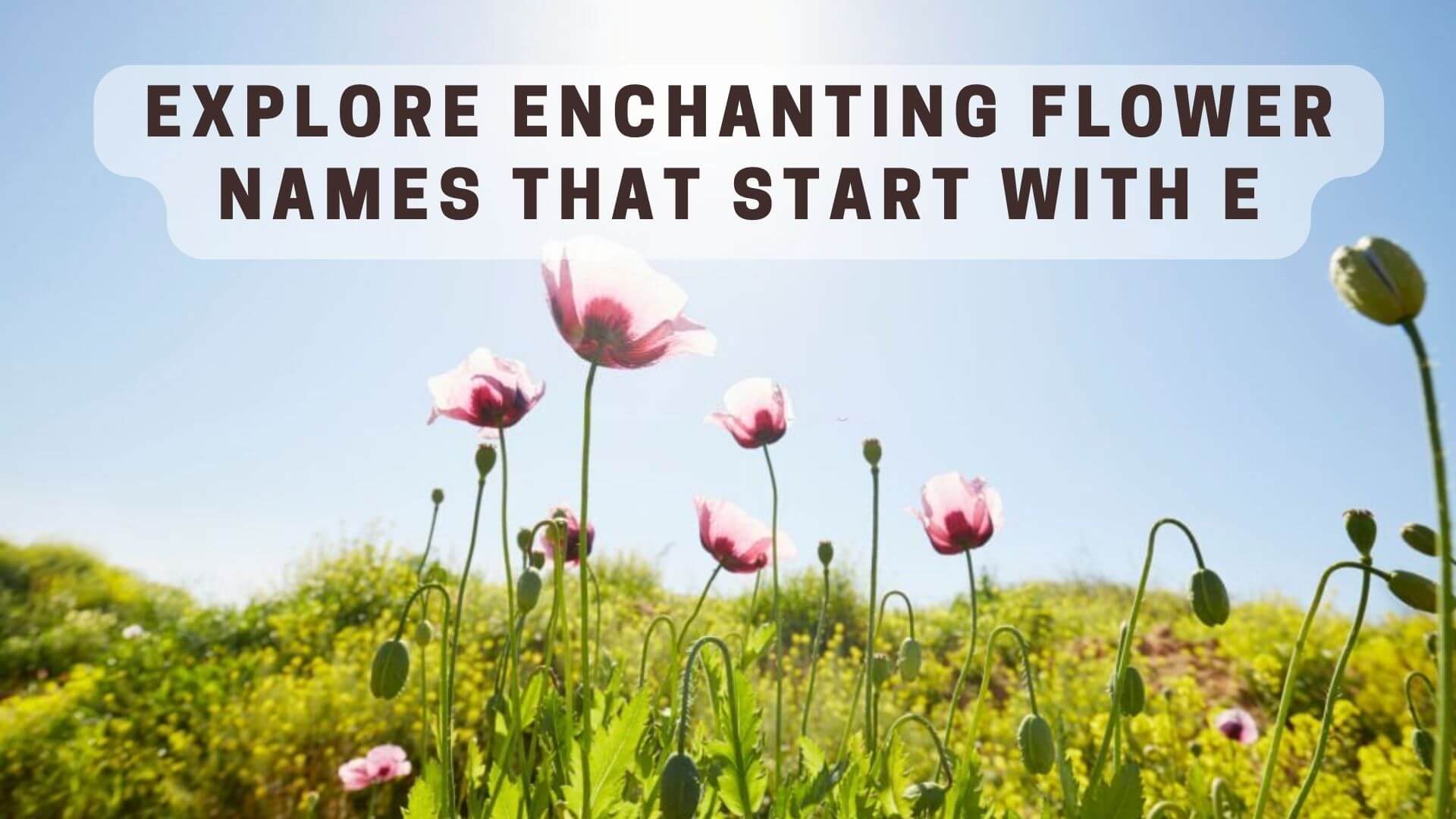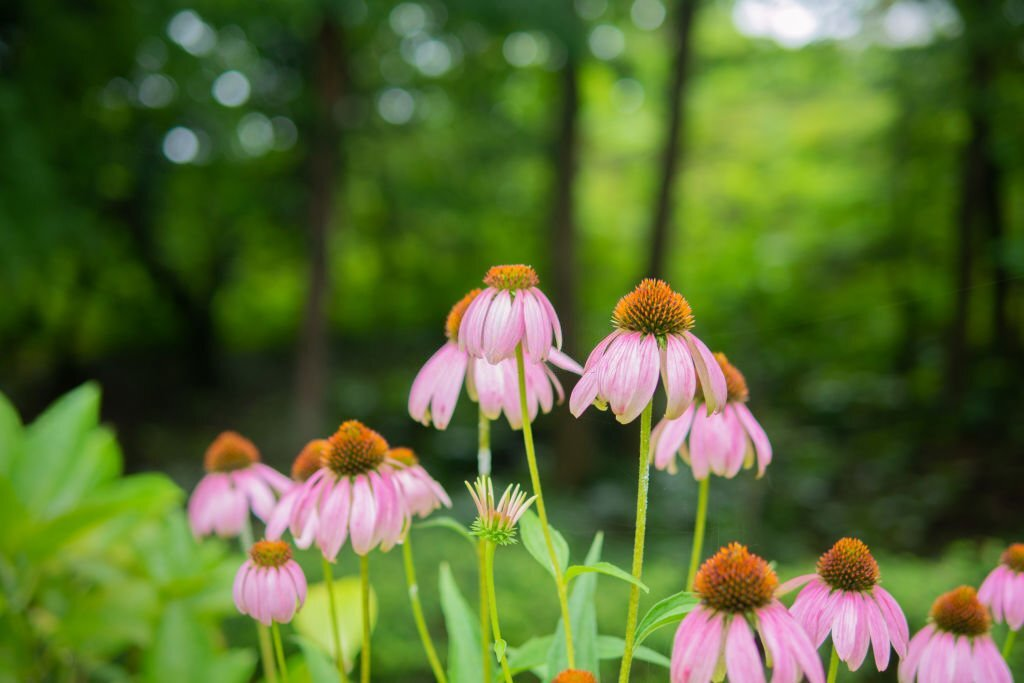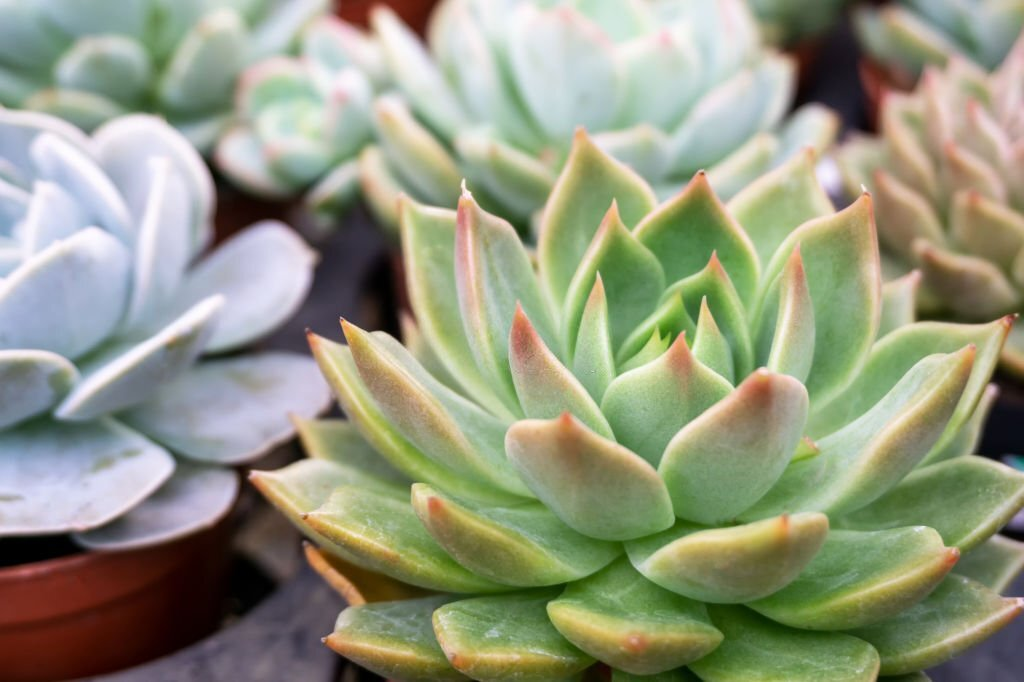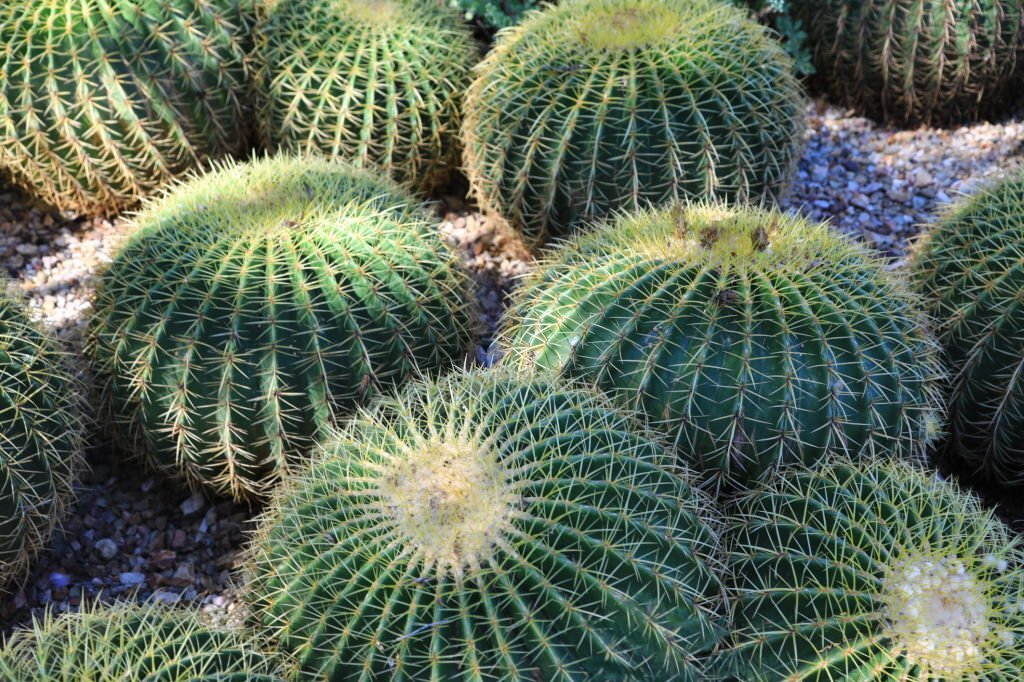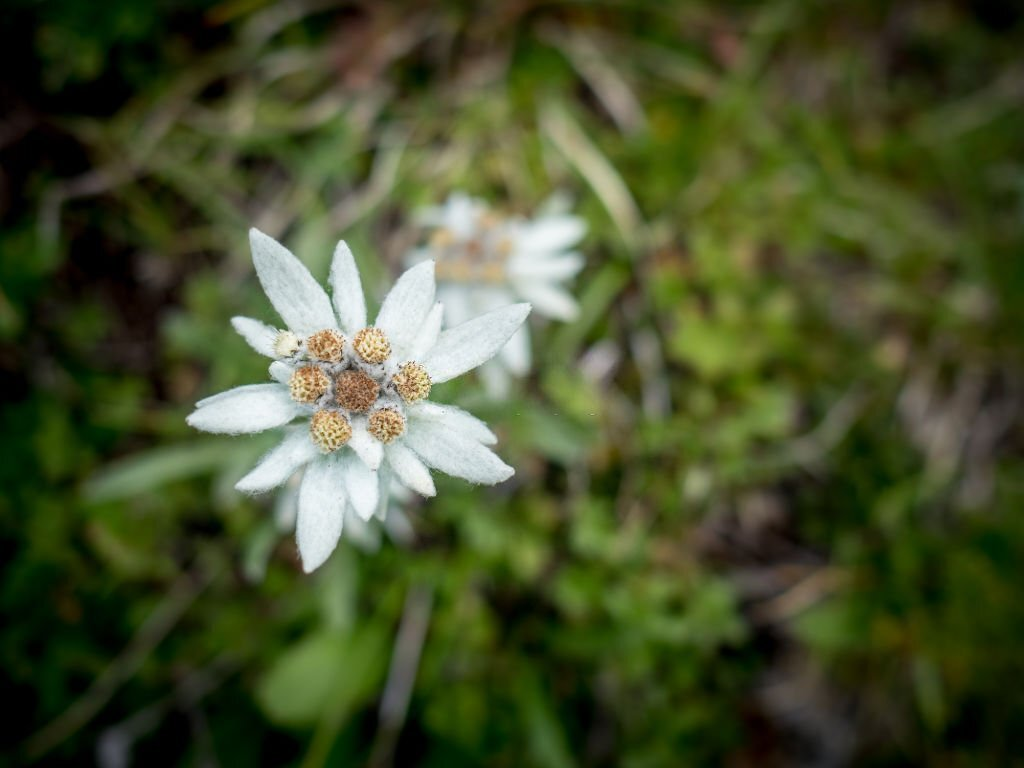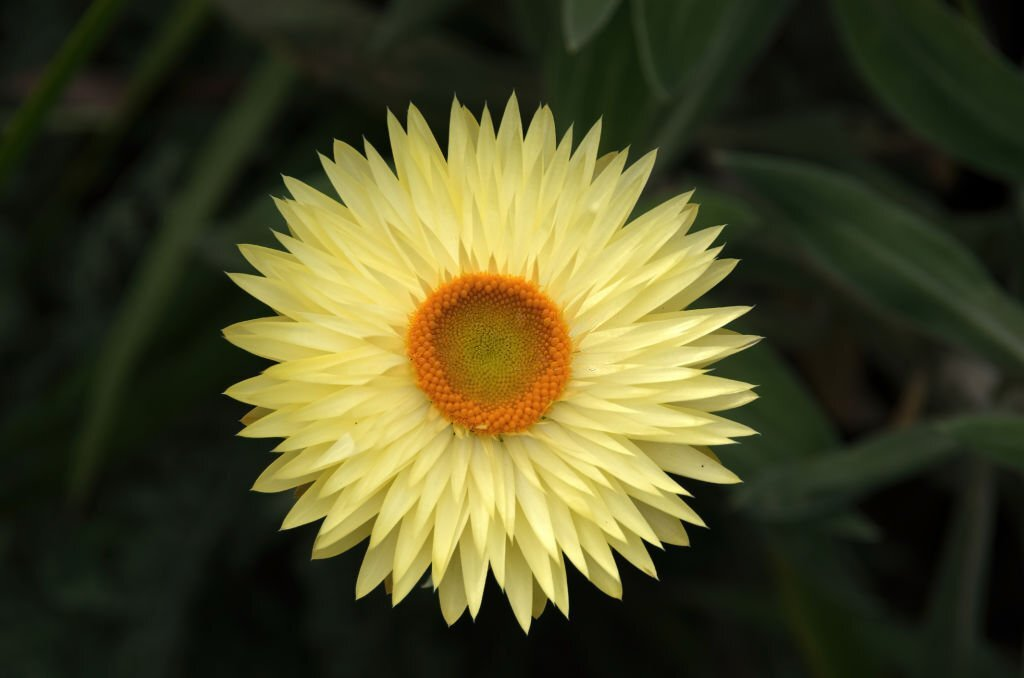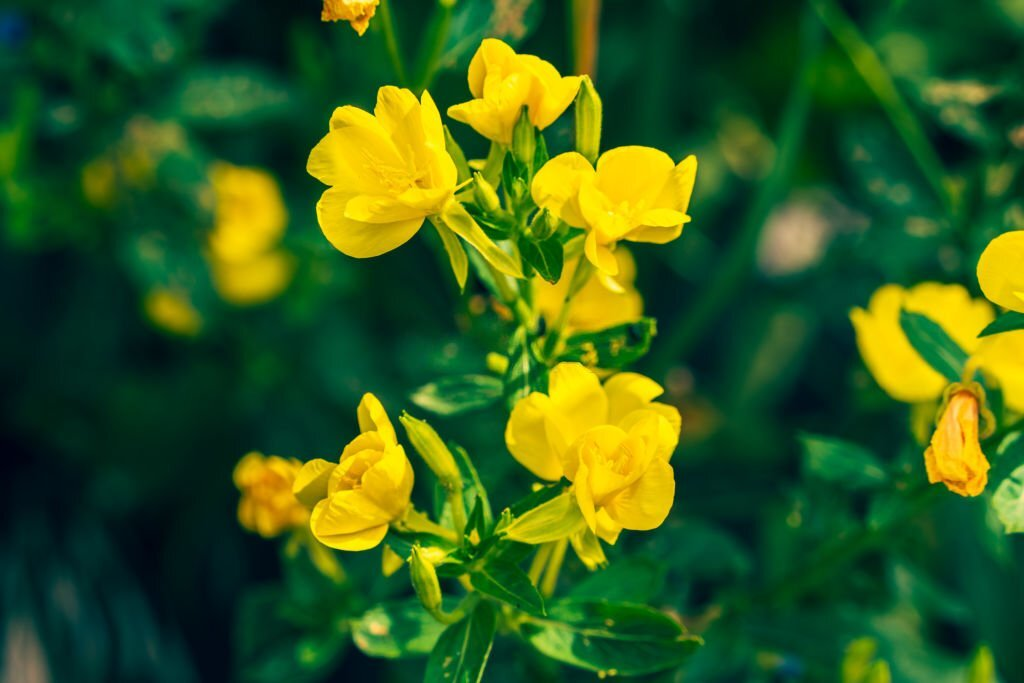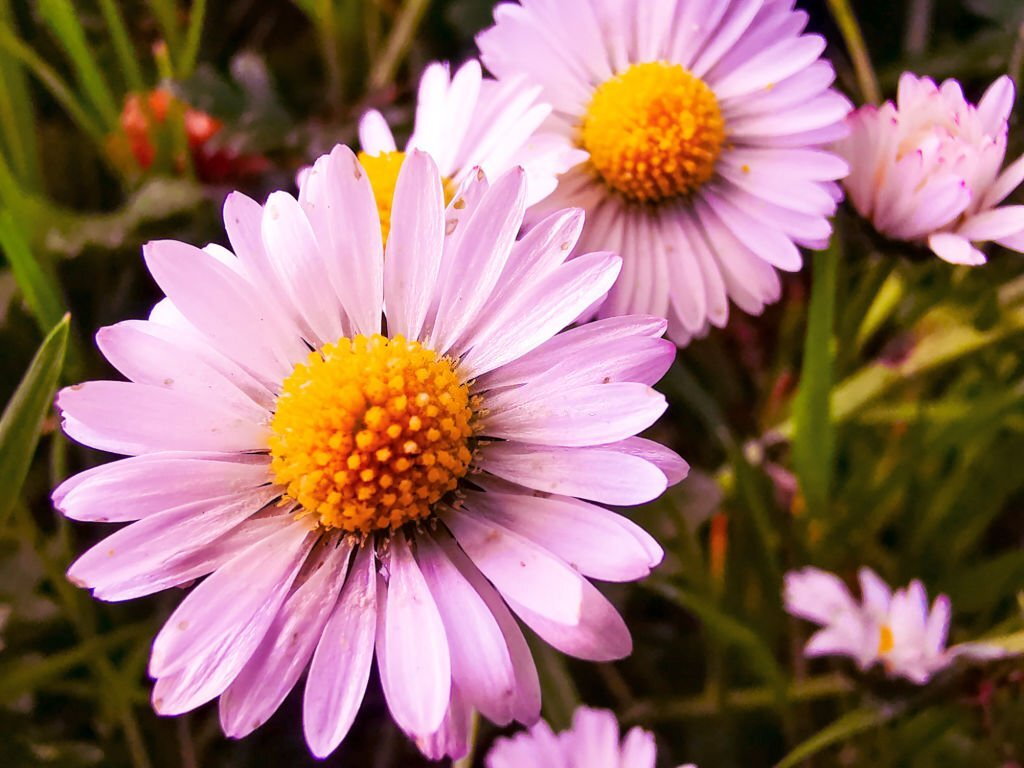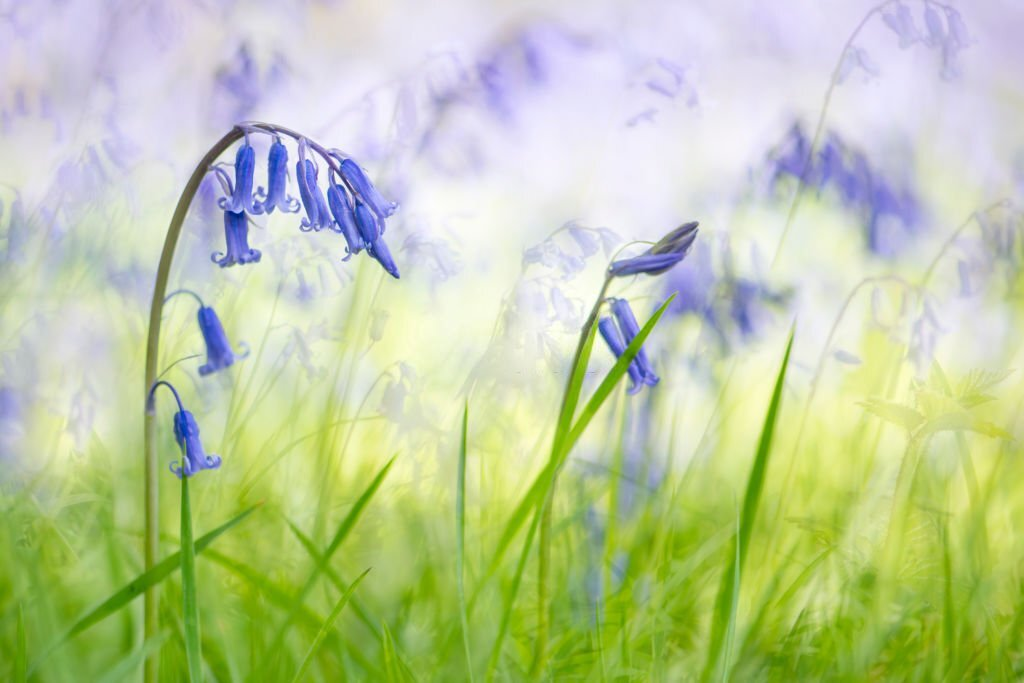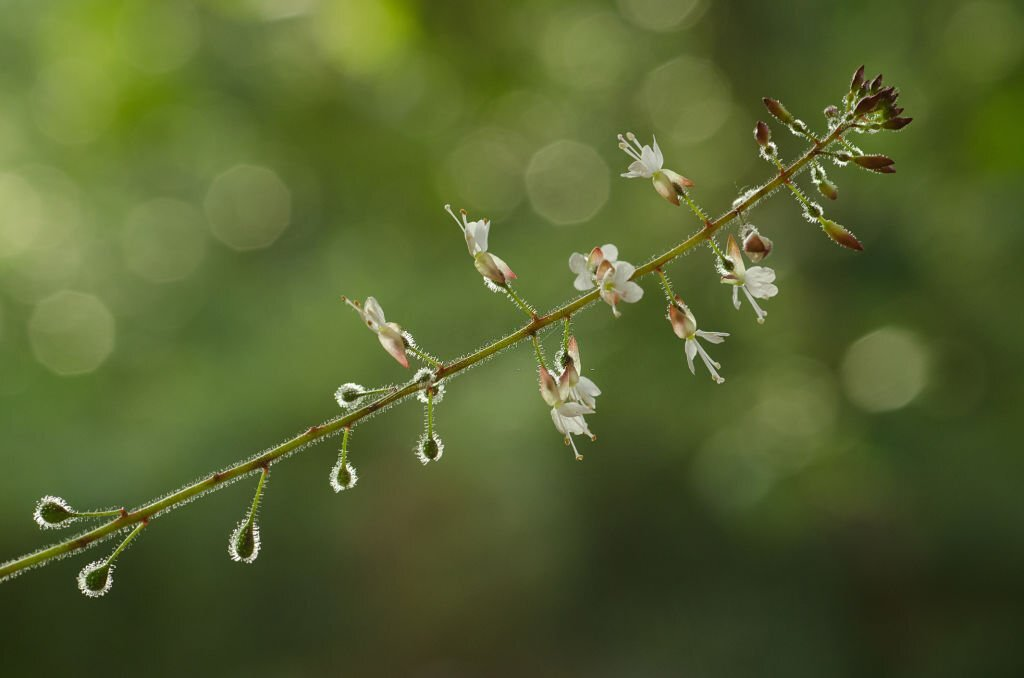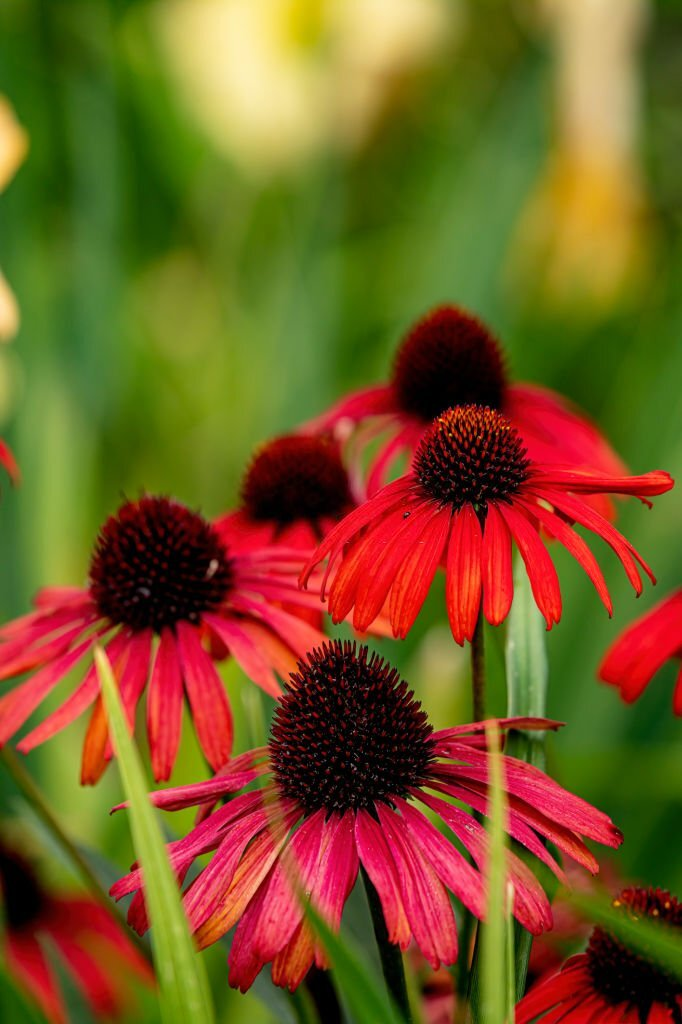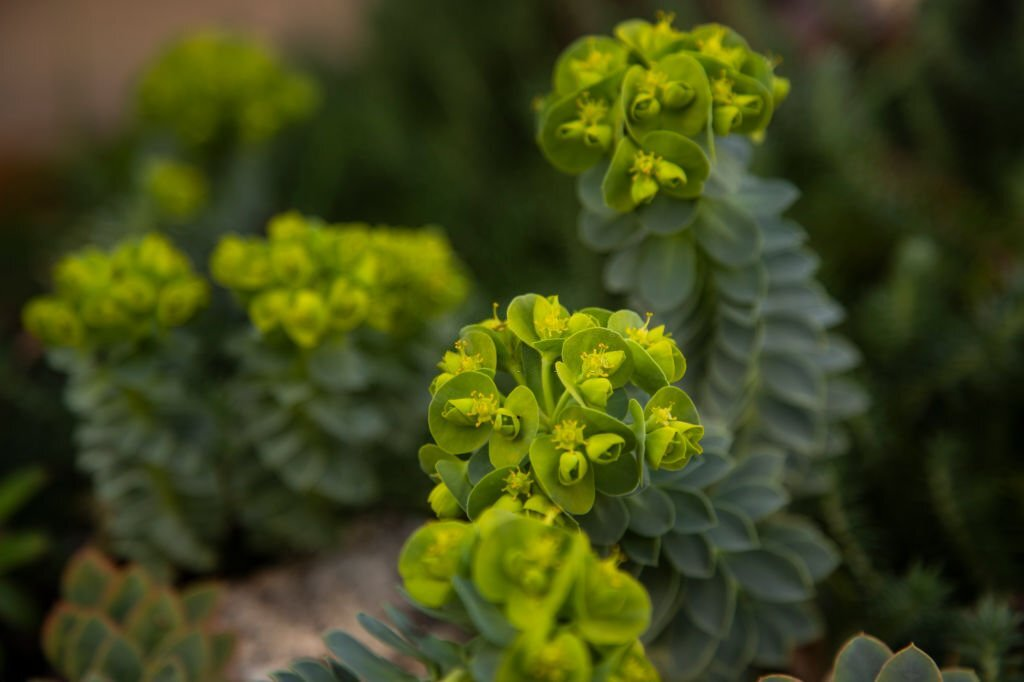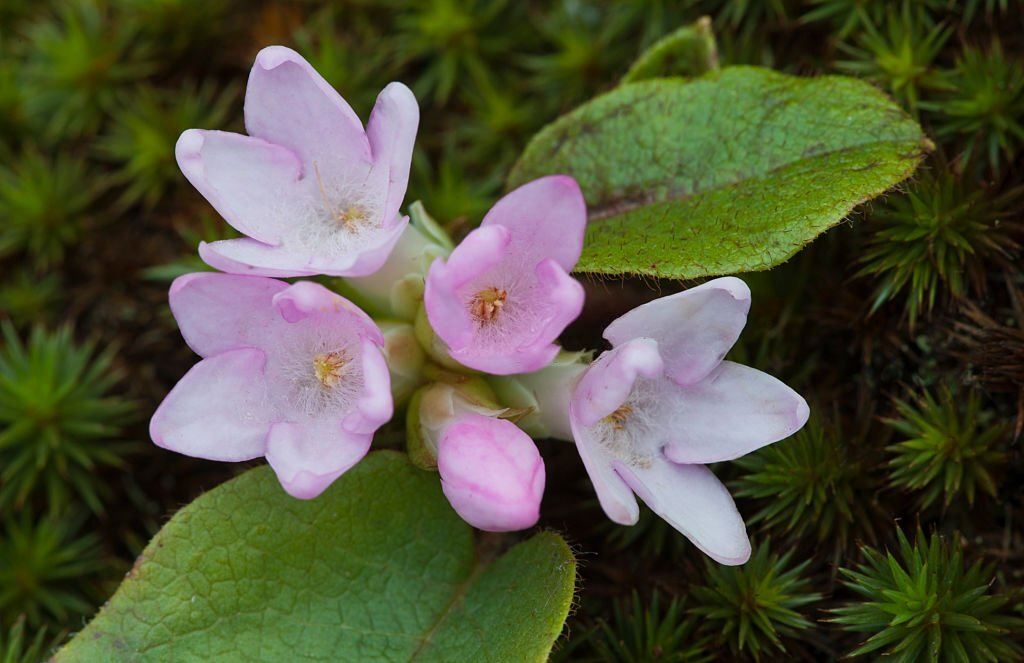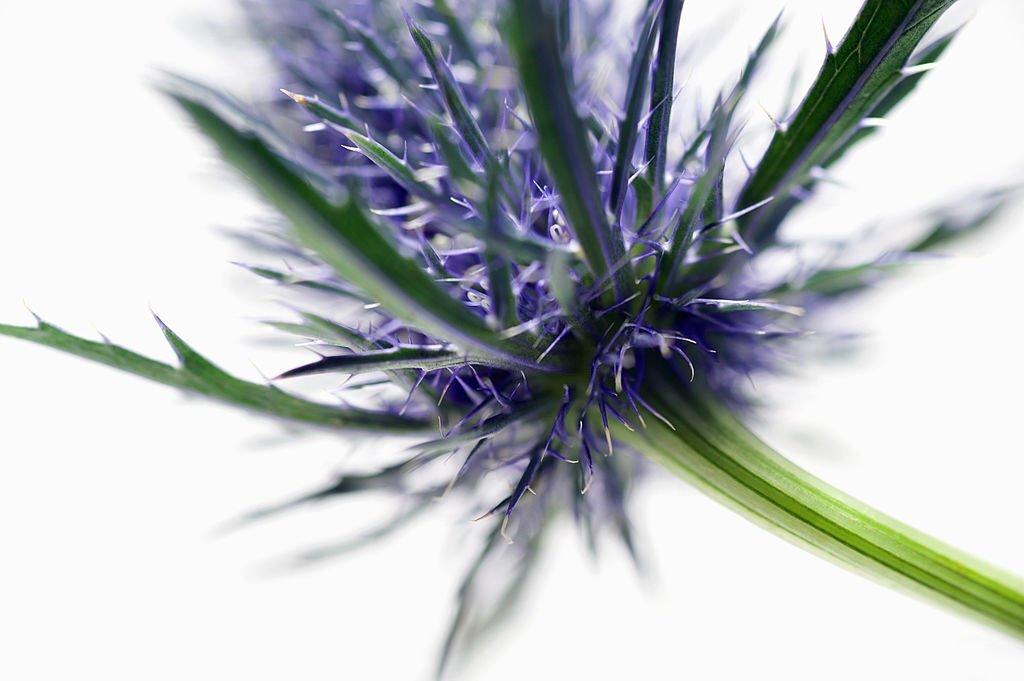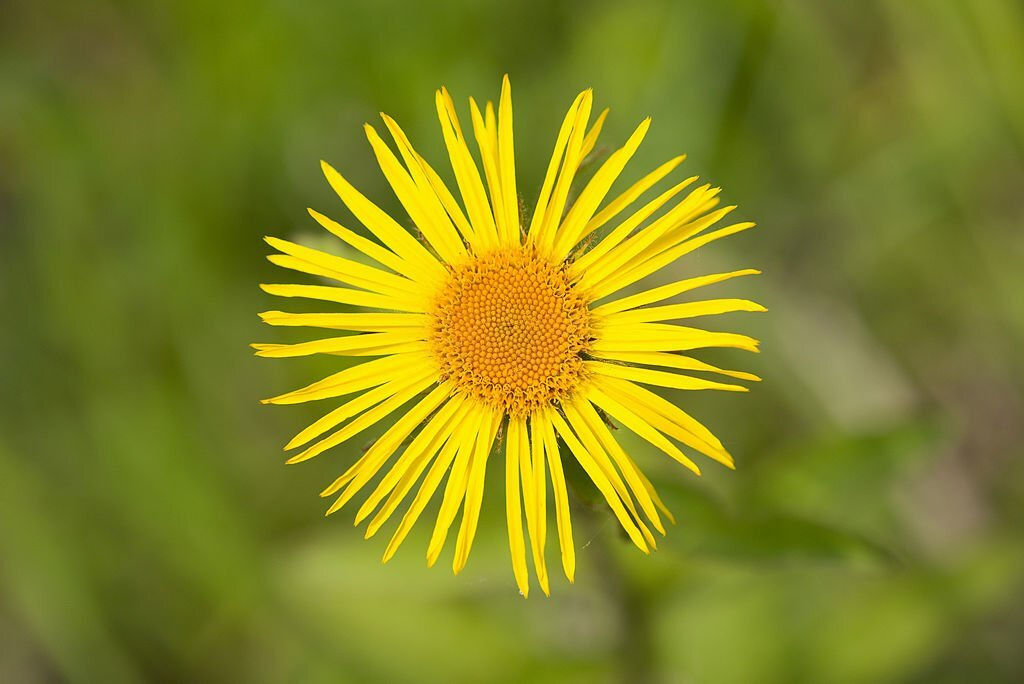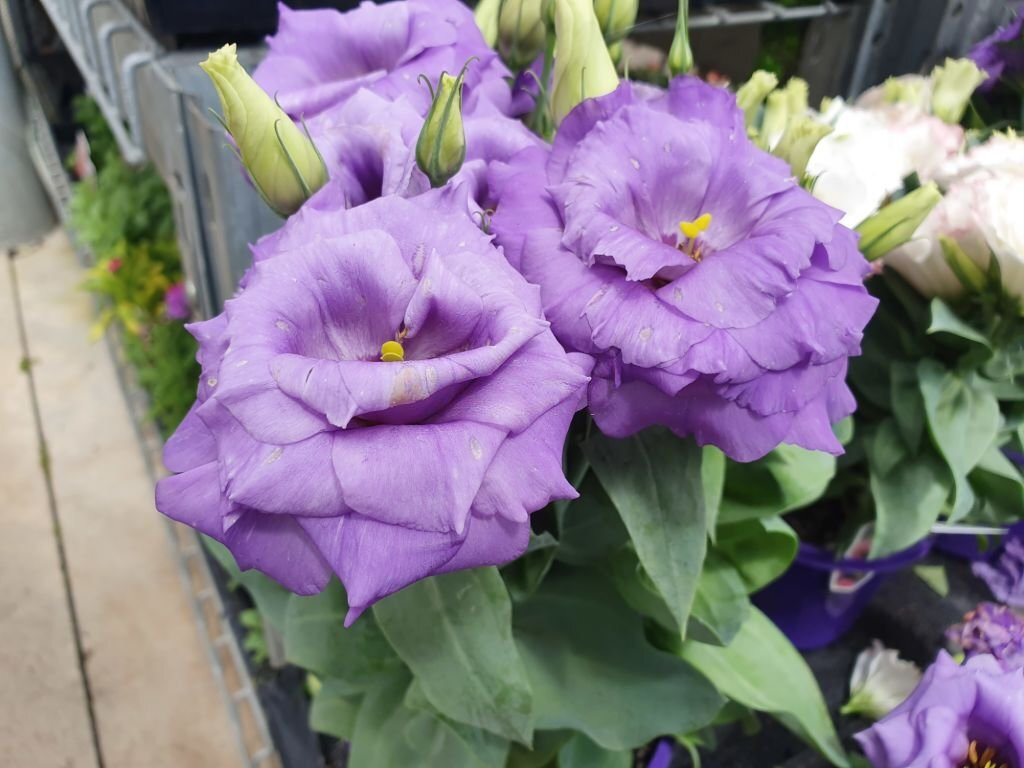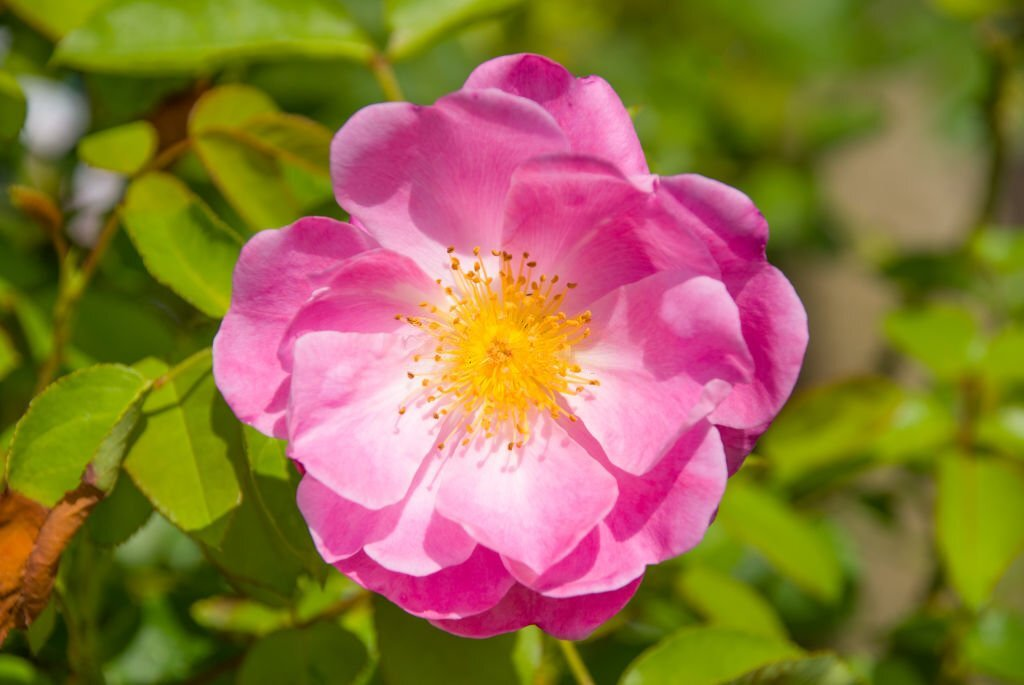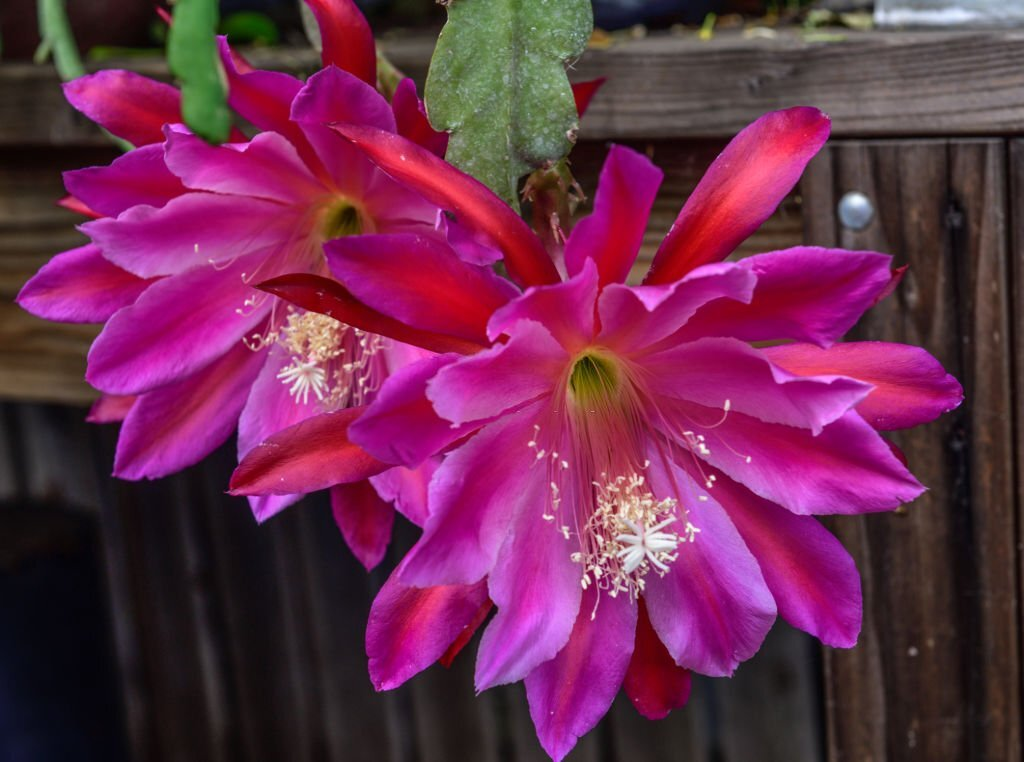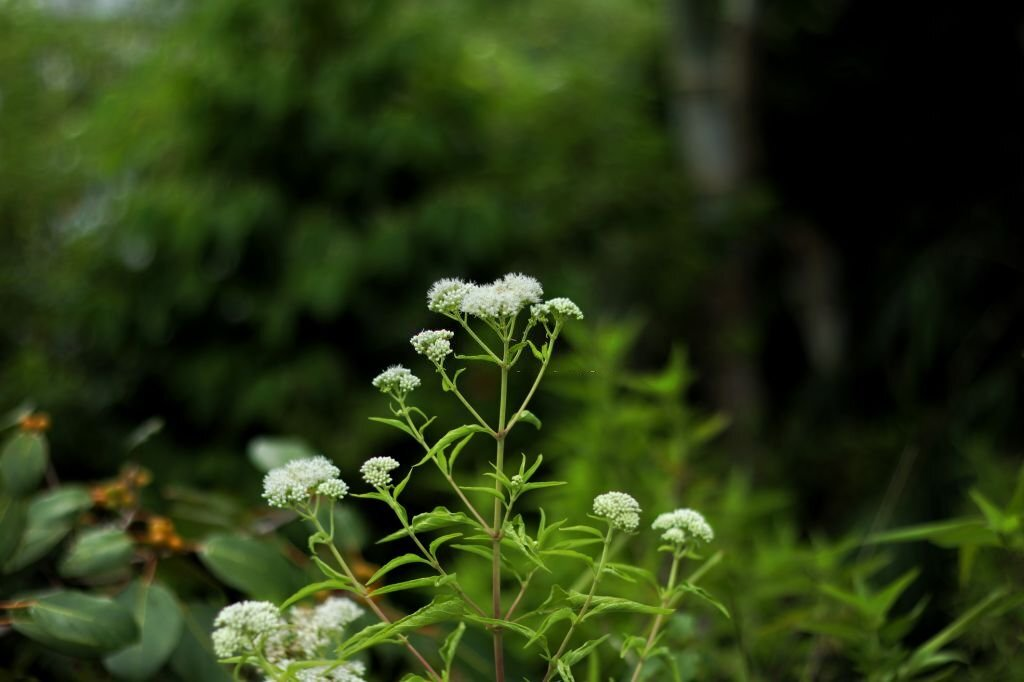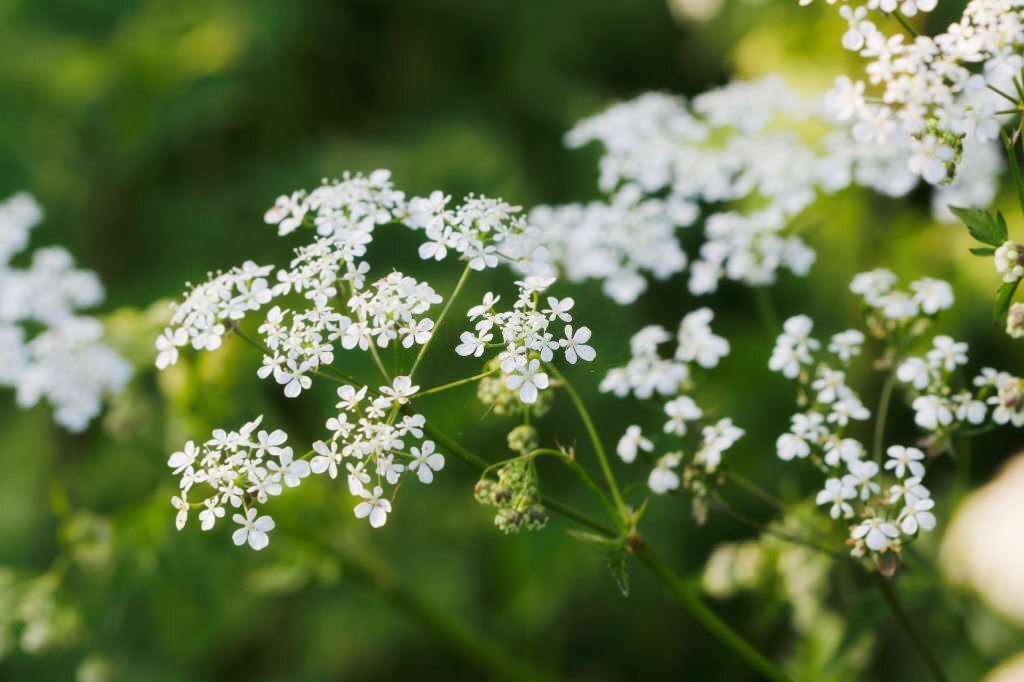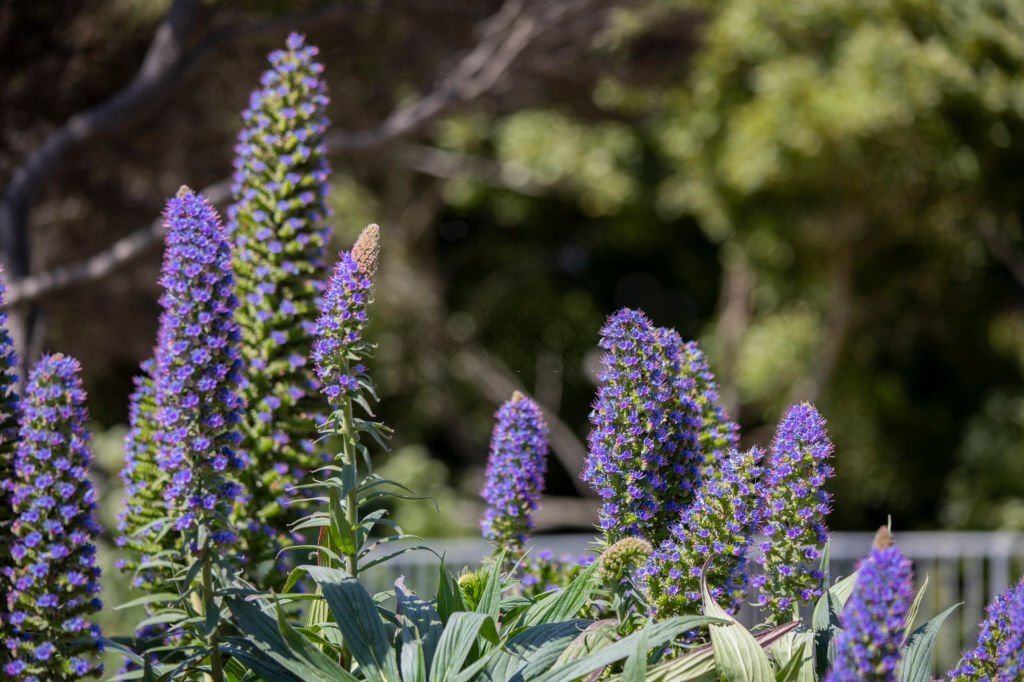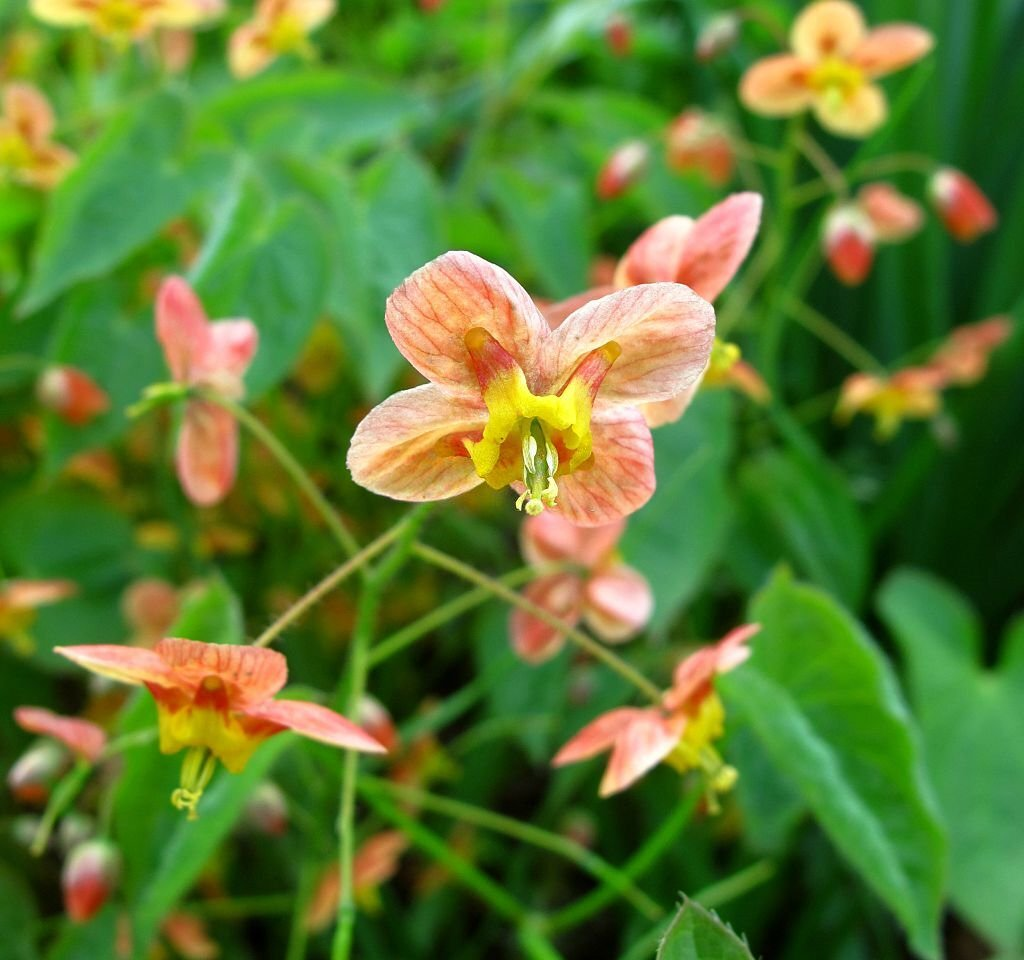Flowers are popular to give as gifts, decorate a garden, or simply appreciate their beauty. With such an abundance of flower varieties in existence, it can be difficult to pick one that stands out. Narrowing down your search for the perfect flower will be easier with this article about flower names that start with the letter E. Here you will find some of the most popular flowers beginning with E and their corresponding meanings and origins.
Eastern Coneflower
Eastern coneflower (Rudbeckia hirta) is a perennial wildflower native to Eastern North America that blooms in the summer with long-lasting vivid purple or orange flowers. Eastern coneflowers attract butterflies and birds, but if left unchecked, they can become invasive.
Echeveria
There are multiple species of Echeveria in the Crassulaceae family. It is a plant genus found in semi-desert regions of northwestern South America, Central America, and Mexico. Its species grow in mountainous places within their native ranges. They come in a variety of forms and hues, and are regarded as some of the most exquisite succulents.
Echinopsis
Echinopsis is a large genus of cacti. Echinopsis is derived from the Greek word echinos, meaning “spiny,” and opsis, meaning “resembling.” Echinopsis species produce very showy flowers that last only one day. They are originally from South America and grow naturally in Argentina, Peru, and Bolivia.
Edelweiss
Edelweiss (Leontopodium alpinum), an alpine member of the daisy family, has modified fluffy, white leaves that are frequently mistaken for flower petals. The flowers are unremarkably small, yellow, and short-lived. This delicate, hardy plant, which is native to Asia’s steppe, needs full sun and superior drainage.
Everlasting Daisy
The Everlasting daisy is a beautiful flowering plant that can be found in many gardens around the world. With its bright yellow petals and long-lasting nature, it’s easy to see why this simple bloom has been so popular for centuries. Everlasting daisy blooms in the summertime and early fall. Whether you’re looking for a unique option or a reliable staple for your garden, this flower should definitely be on your list of contenders!
Evening Primrose
Evening primrose, also called as Oenothera biennis, is a little white flower that blooms in the evening and frequently hides under larger flowering plants during the day. Additionally, it thrives in both dry and wet climates, making it versatile and easy to maintain. The Evening primrose is also popular among wildlife, especially bees and butterflies which feed on its pollen-rich petals. Growing this type of flower can add a bit of brightness to any garden or landscape setting.
English Daisy
English Daisy or Bellis perennis is native to most parts of Europe and also grows in North America and Asia. Its bright yellow center, surrounded by white petals, make it a popular choice for gardens. The English daisy blooms during early spring and has been known to grow up to 8 inches tall. It’s easy upkeep and beauty make it one of the most sought-after flowers in many gardens around the world. In addition, its ability to spread quickly makes it ideal for covering large spaces in short periods of time, which makes it perfect for those looking for a low-maintenance ground cover plant.
Plant English daisies on well-draining soil in full sun or part shade in warmer climates. English daisies will self-seed (see more self-seeding flowers) and spread vigorously in optimum conditions, so deadhead regularly to prevent invasive growth and encourage new blooms. English Daisy plants can be found all over the world, including in Asia and South America.
English Bluebell
English bluebells are one of the most popular flowers in the UK and have been growing wild since antiquity. The English bluebell flower is a pretty blue, violet, or white flowering plant that would look lovely in any garden. Their name is derived from the hue of the blossoms as well as their origin. It has long been one of the most popular English plants for home cultivation. They prefer shade to part sun but will survive full sun in milder northern areas. They are also known as wood hyacinths.
With their lovely bell shape and distinctive lilac-blue petals, they provide a delightful sight in any garden or bouquet. The flowers bloom from late April through May, so they’re perfect for early spring planting. These hardy perennials will come back year after year with minimal maintenance once established.
Enchanter’s Nightshade
Enchanter’s Nightshade (Circaea lutetiana) is a charming plant native to the United Kingdom that appears frail and sensitive but may become a nuisance weed once established in the garden. In the summer, this hairy shrub produces loose clusters of little pink to white flowers.
Echinacea
Echinacea, also known as Purple coneflower, is one popular flower that starts with the letter E and makes for an attractive addition to any landscape. This bright and colorful perennial is easy to care for and adds interest to gardens from late spring through early fall. Purple coneflower is a genus containing ten species of daisy-like herbaceous flowering plants.
Echinacea belongs to Daisy family and comes in a variety of colors, including purple, pink, white, red, orange and yellow. It grows best in full sun with moist but well-drained soil. The flowers can be cut back after they have died off during the growing season to promote new blooms later on in the year. They attract butterflies and other pollinators, so are great additions for those looking to enhance their pollinator habitats too!
Euphorbia
Euphorbia, often known as the crown of thorns, is a succulent, woody shrub with light green fleshy leaves and distinct flowers in racemes tipped by stunning bracts shaped like yellow or red petals. The Euphorbiaceae family has about 1,600 species under the genus Euphorbia.
Epigaea
Epigaea is an Ericaceae family native woodland plant that grows as an evergreen carpet in forests and peaty clearings. Epigaea is the only member of the genus and is native to eastern North America. Epigaea blossoms are dark pink, white, or pale pink.
Eryngo
In the summer and early fall, Eryngo (Eryngium sp), often known as sea holly, produces silvery or blue thistle-like blooms surrounded by elegant prickly bracts. The one-of-a-kind blossoms attract bees and butterflies and make an intriguing addition to fresh bouquets.
Elecampane
Elecampane (Inula helenium): Although this bushy herbaceous herb rarely grows taller than a foot and a half, the daisy-like flowers with fluffy yellow petals can reach up to five inches in diameter. The Elecampane plant is native to Central Asia but has been naturalized in the United States. It prefers full sun and tolerates all soil types except hard clay.
Eustoma
Eustoma is a genus of purple-flowering plants that are popular in gardens. Eustomias can be found growing on bushes, shrubs, or vines. The ruffled petals and delicate buttons come in a variety of colors. They come in a variety of colors, including pink, purple, blue, and white, as well as two-tone variations of these hues.
Eglantine
Eglantine is a variety of the rose Rosa rubiginosa, often known as Sweet Briar. Twenty to thirty species and subspecies of flowering plants comprise the genus Rosa. The shrub, which derives its common name from its numerous hook-shaped thorns, has multiple 5-petaled blooms with a center raceme of yellow stamens.
Epiphyllum
Epiphyllum, often known as climbing cactus, orchid cacti, and leaf cacti, is a genus of Cactaceae epiphytic plants.
Eupatorium Perfoliatum
Eupatorium perfoliatum is a perennial herbaceous shrub that produces white flower blossoms in late fall and summer. The Eupatorium genus is a member of the Compositae family of primary flowering plants.
Elderflower
Elderflower (also known as an elderberry tree and an elderflower tree) is a somewhat dry and messy tree with a trunk that is rarely central. Instead, multiple trunks emerge from the ground and branch out periodically, giving the plant a shrub-like and bushy appearance. In full bloom, each little flower is colored cream/white with five rounded petals, cream/white colored stalks, and yellow anthers.
Echium
Echium is a genus of over 70 species and subspecies of flowering plants in the family Boraginaceae. The majority of Echium species are indigenous to Central Asia, North Africa, the continent of Europe, and the Macaronesian islands.
Epimedium
Epimedium, also known as barrenwort or bishop’s hat, is an ornamental flower that blooms in early spring. This vibrant yellow-green flower features slender stems with small leaflets and heart-shaped flowers that can bring life to any garden or landscape.
Epimedium, which typically grows in hardiness zones 4-10, is an evergreen perennial which makes it ideal for colder climates. While this flower requires minimal maintenance, it does require well-draining soil and regular pruning during its bloom season to ensure optimal growth.
FAQ
✅What is the rarest flower name beginning with E?
The rarest flower name beginning with E is the Erythronium grandiflorum, or White Fawn Lily. It grows in damp woodlands of western North America and has white to pink petals that surround a yellow center. With its unique features, this flower is an interesting addition to any garden.
✅What are the most beautiful flowering plants starting with e?
When it comes to flowering plants that start with the letter E, there are a few options. Among these, some of the most popular choices are Echinacea, Eryngium and Epimedium.
